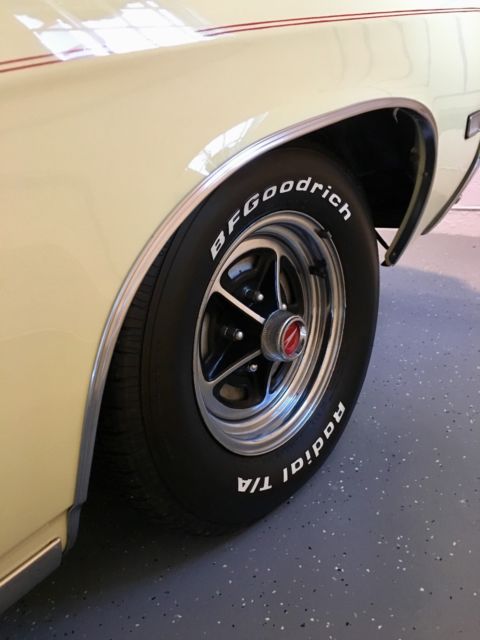1969 Buick GS 400 GS400 Ram-Air
- Location: Montclair, New Jersey, United States
- Make: Buick
- Model: Other
- SubModel: Gran Sport
- Type: Convertible
- Trim: White
- Year: 1969
- Mileage: 122,400
- VIN: 446679H219067
- Color: Cream
- Engine size: 400Cu"
- Number of cylinders: 8
- Transmission: Automatic
- Drive type: RWD
- Interior color: White
- Vehicle Title: Clear
1969 Buick Other White Description
Very original unmolested muscle car with the king-of-the-hill 400Cu" 350hp V8• (Rare) Ram-Air Package• 0-60 in 7.2 seconds• 122,400 Miles
•Original 8 track player
•Cruise Control
•Air Conditioning
•Power top
• Power disc brakes
•Power steering
•Some spares included
WITH BUICK SKYLARKS COSTING UP TO $20K - WHY COMPROMISE? GET GRAN SPORT POWER!
In 1968 and 1969 Buick offered the GS 400 in a convertible and hardtop model. Standard issue of the GS 400 was a 400 cubic inch (6.6L) engine (with likely lower stated horsepower rating to keep insurance premiums lower) of 340 horsepower (350hp stage 1 ) and 440ft. lbs. torque, a four barrel Rochester Quadrajet carburetor, dual exhaust, 2.93 standard gear ratio optional ( limited slip differential, (3.64 stage 1 option, 3.42 with A/C ), and the available three speed turboSuper Turbine 400automatic transmission (revered as the finest automatic transmission ever built, and commonly called Turbo Hydramatic 400), U-shape Hurst (automatic transmission) shifter and linkage, located on a center console. A 1968 or 1969 GS400 equipped with the TH400 auto transmission was faster off the line than many of its contemporaries thanks to an unusually "low" 1st gear. Shift pattern for the TH400 from most forward position is Park, Reverse, Neutral, Drive, Second, First. A standard 3 spd or optional 4 spd manual gearbox was also available. Compression ratio on this engine was a very sensible 10.25:1, which allowed for the use of any grade gasoline to be used in normal driving without pinging. The factory air cleaner was covered with a large round chromed cover, secured with a wing nut. The small air scoop behind the hood hinge-line on the 1968 model was generally fake, although it could be functional if ordered with the very rare ram air package. 1969 brought ram air as standard to the GS.
Like all of the GM versions of this body style in this period, the convertible chassis was considerably more robust that the hardtop version. In fact, the convertible chassis was a full box frame chassis that had numerous lightening holes. The hardtop chassis was a 3/4 box frame with no lightening holes. The only GM hardtop ever built with the "Swiss cheese" convertible chassis was the GTO Judge. Same chassis. All of the GS400 convertibles were built at GM's Fremont, California assembly line.
Sounds magnificent and starts with 1 turn of the key. Lowered.Sounds awesome. Ready to cruise!Cash, buyer collects in Upper Montclair NJ
For sale outside of Ebay. Call me with any questions: 2018383662
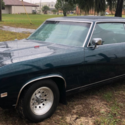 1969 BUICK GS400
1969 BUICK GS400
Mileage: 125000
 1969 Buick GS 400 GS400 Ram-Air NO RESERVE
1969 Buick GS 400 GS400 Ram-Air NO RESERVE
Mileage: 122,400
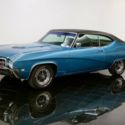 1969 Buick GS400 Hardtop
1969 Buick GS400 Hardtop
Mileage: 86807
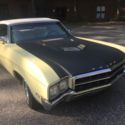 1969 Buick GS 400 GS400 Ram-Air Stage 1
1969 Buick GS 400 GS400 Ram-Air Stage 1
Mileage: 122,400
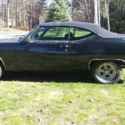 1969 Buick GS400 Stage 1
1969 Buick GS400 Stage 1
Mileage: 1
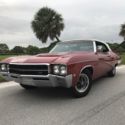 1969 Buick GS400 Convertible
1969 Buick GS400 Convertible
Mileage: 65,500
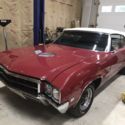 1969 Buick GS 400 Convertible Red RWD Automatic GS400
1969 Buick GS 400 Convertible Red RWD Automatic GS400
Mileage: 82000
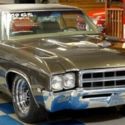 Beautiful, 1969 Buick GS400, Stage1
Beautiful, 1969 Buick GS400, Stage1
Mileage: 16397
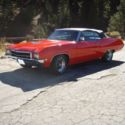 1969 Buick GS400 Convertable restored low reserve
1969 Buick GS400 Convertable restored low reserve
Mileage: 1,230
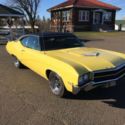 1969 Buick GS 400 Coupe 400 CID 4BBL V8 3 Speed Automatic GS400
1969 Buick GS 400 Coupe 400 CID 4BBL V8 3 Speed Automatic GS400
Mileage: 98000







